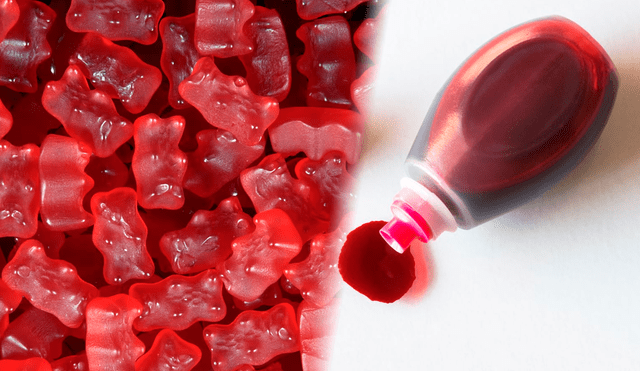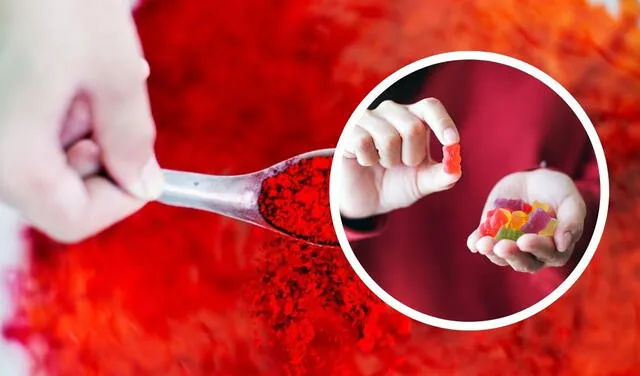'Red Dye 3’ no longer allowed in the US: FDA reveals foods that may be impacted
The FDA bans Red Dye No. 3 in foods and medications due to cancer risks in animal studies. Discover the implications for manufacturers and consumers in the US.

The U.S. Food and Drug Administration (FDA) has officially announced a ban on Red Dye No. 3 (erythrosine), prohibiting its use in food, beverages, and ingested medications. This artificial coloring, widely used in popular products such as candies, baked goods, and fruit cocktails, has long been linked to cancer risks in animal studies. The decision marks a major step toward enhancing food safety in the United States.
Manufacturers now face deadlines to phase out the dye: January 15, 2027, for food and January 18, 2028, for medications. Here’s what you need to know about this regulatory change and how it could impact consumers.
Why is Red Dye No. 3 being banned in the US?
Red Dye No. 3 has been used for decades to provide a bright red hue to various products. However, the FDA’s decision comes after years of research showing that high doses of the dye caused cancer in animal studies, particularly in male rats.
Although evidence of harm in humans remains inconclusive, the FDA is taking a precautionary approach to minimize potential risks. This move also aligns with previous action taken in 1990, when the FDA banned the use of Red Dye No. 3 in cosmetics and topical drugs due to similar safety concerns.
Consumers may find Red Dye No. 3 in a variety of everyday items, including:
- Candies: Examples include Brach's Conversation Hearts.
- Baked Goods: Products like Betty Crocker Red Decorating Icing.
- Dairy and Frozen Items: Such as TruMoo Strawberry Milk.
- Fruit Products: Including Kroger Extra Cherry canned fruit cocktail.
- Beverages: For instance, Ensure Original Strawberry Shake.
- Medications and Gummy Vitamins: Frequently used for aesthetic appeal.
To identify products with the dye, check ingredient labels for terms like "Red 3" or "Erythrosine."

The FDA bans Red Dye No. 3, citing health concerns linked to cancer. Photo: LR compostion.
Impact on Red Dye No. 3 ban in the Food and Beverage Industry
The FDA’s decision will have significant implications for manufacturers, many of whom have relied on Red Dye No. 3 to make their products more visually appealing. Items such as candies, baked goods, beverages, and even certain medications have been identified as common carriers of this synthetic dye.
While the transition is underway, products containing Red Dye No. 3 will remain available on store shelves until the compliance deadlines. The FDA assures the public that moderate consumption of these products poses minimal immediate risk. However, consumers who wish to limit their exposure to artificial dyes can do so by carefully reading ingredient labels and opting for products free of synthetic additives.
Health experts also recommend prioritizing whole, unprocessed foods as a way to avoid artificial dyes and other additives altogether. This approach not only reduces exposure to potential risks but also promotes better overall health.
